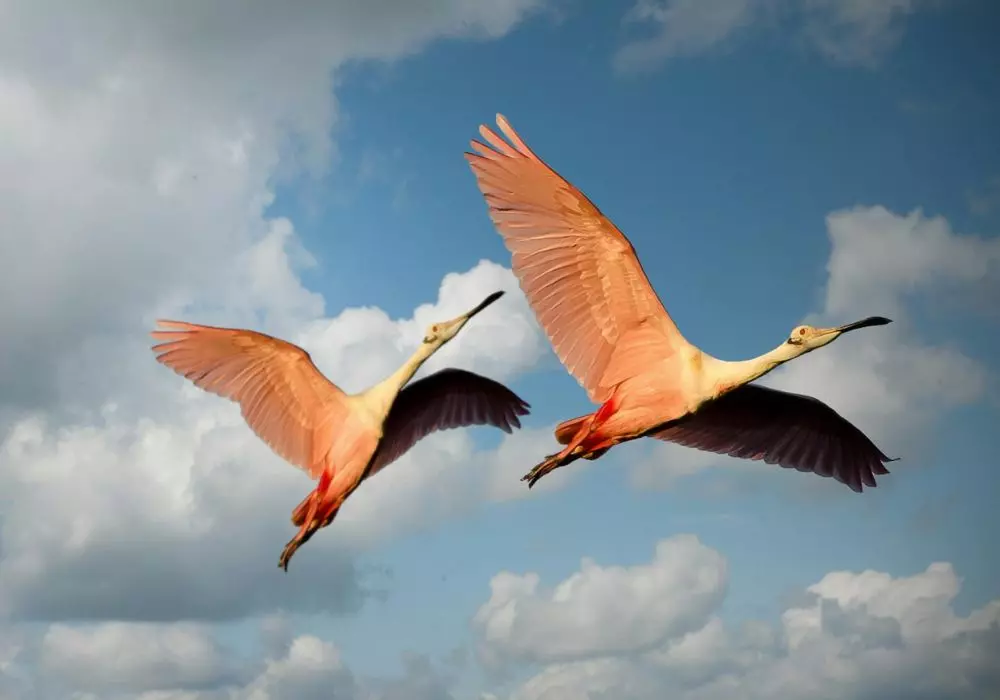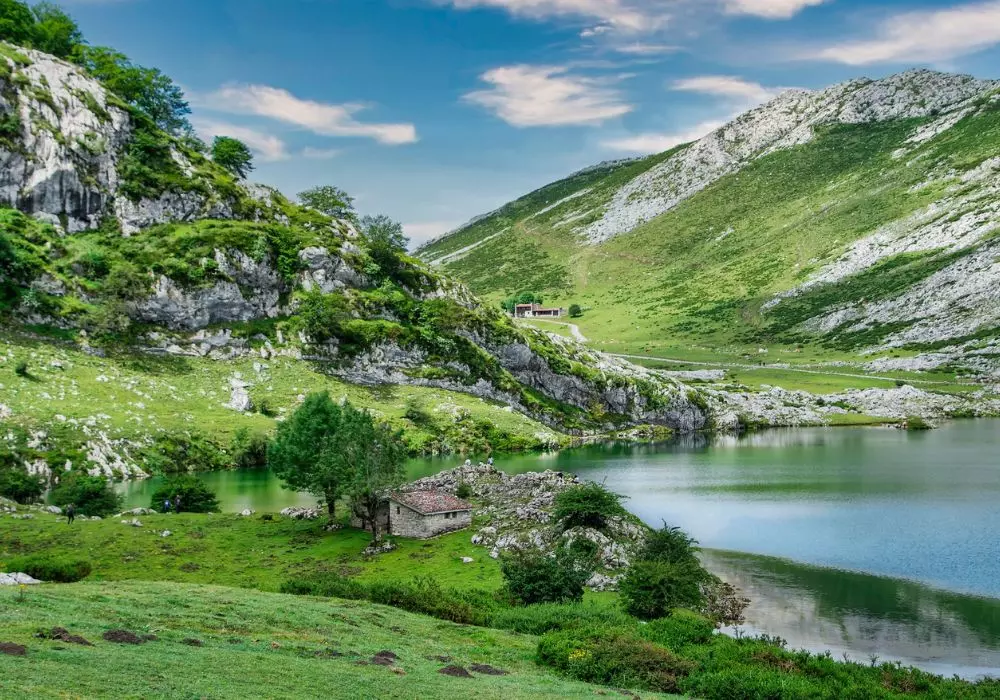Bird migration is one of nature’s most fascinating spectacles, with millions of birds embarking on long journeys between their breeding and wintering grounds each year.
These migrations are meticulously timed, relying on environmental cues such as temperature, daylight, and food availability to ensure the survival of species across generations.
However, the rapid progression of climate change is disrupting these critical cues, leading to profound changes in bird migration patterns.
As global temperatures rise, the delicate balance that migratory birds depend on is being thrown into disarray.
This disruption poses serious challenges not only to the birds themselves but also to the ecosystems they inhabit and the human communities that interact with them.
Understanding the ways in which climate change is affecting bird migration is crucial for developing strategies to protect these species and maintain the ecological roles they play.
Effects of Climate Change on Different Aspects of Bird Migration
| Aspect of Bird Migration | Impact Due to Climate Change |
|---|---|
| Migration Timing | Earlier or delayed migrations due to temperature shifts. |
| Migration Routes | Changes in migration routes to avoid unsuitable climates. |
| Breeding Grounds | Loss or alteration of breeding habitats due to changing weather patterns. |
| Food Availability | Mismatch between migration timing and food availability in stopover sites. |
| Survival Rates | Increased mortality due to extreme weather events and habitat loss. |
| Species Interaction | Altered predator-prey dynamics and competition for resources. |
| Arrival Time at Destinations | Birds arriving too early or too late, impacting breeding success. |
| Population Dynamics | Decline in populations due to disrupted breeding and survival. |
The Science of Bird Migration


Bird migration is one of the most remarkable phenomena in the animal kingdom.
Millions of birds travel thousands of miles between their breeding and wintering grounds, guided by a combination of environmental cues, such as temperature, daylight length, and food availability.
These migrations are not random; they are carefully timed to coincide with favorable conditions at both ends of the journey.
However, climate change is altering these conditions, leading to a cascade of effects on migratory birds.
Altered Migration Timing
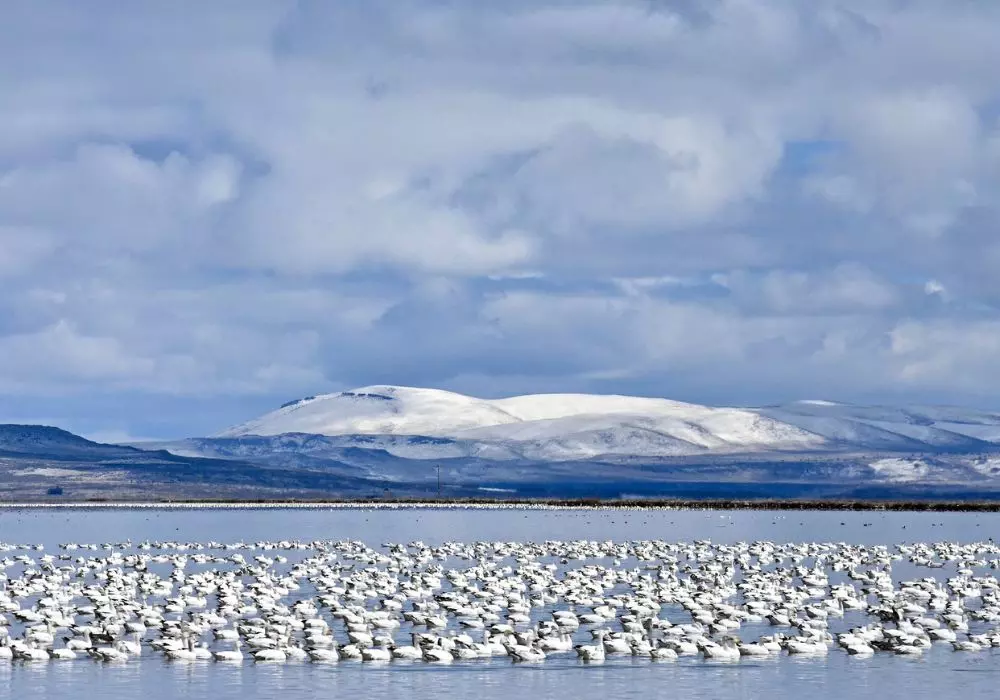

One of the most direct impacts of climate change on bird migration is the alteration of migration timing.
As global temperatures rise, spring is arriving earlier in many parts of the world.
This shift in the seasons is causing some birds to begin their migrations earlier than usual.
For example, studies have shown that many bird species in Europe and North America are arriving at their breeding grounds earlier than they did just a few decades ago.
However, not all species are adjusting their migration timings at the same rate.
This mismatch can lead to birds arriving at their breeding grounds before their primary food sources, such as insects, are available.
This phenomenon, known as a “phenological mismatch,” can have serious consequences for bird populations, particularly for species that rely on a narrow window of time to breed successfully.
Changes in Migration Routes


Climate change is also affecting the routes that birds take during migration.
As temperatures rise, some habitats that were once suitable for stopovers or wintering are becoming less hospitable.
For instance, wetlands, which are crucial for many migratory birds as resting and feeding sites, are drying up in some regions due to changing precipitation patterns.
As a result, birds are forced to take longer, more arduous journeys, or they may fail to find adequate resources along the way, leading to increased mortality.
In addition, some species are shifting their migration routes northward in response to warming temperatures.
This shift can lead to new challenges, as birds may encounter unfamiliar habitats, predators, or human-made obstacles, such as wind turbines and buildings, which can increase the risks during migration.
Impact on Breeding Success
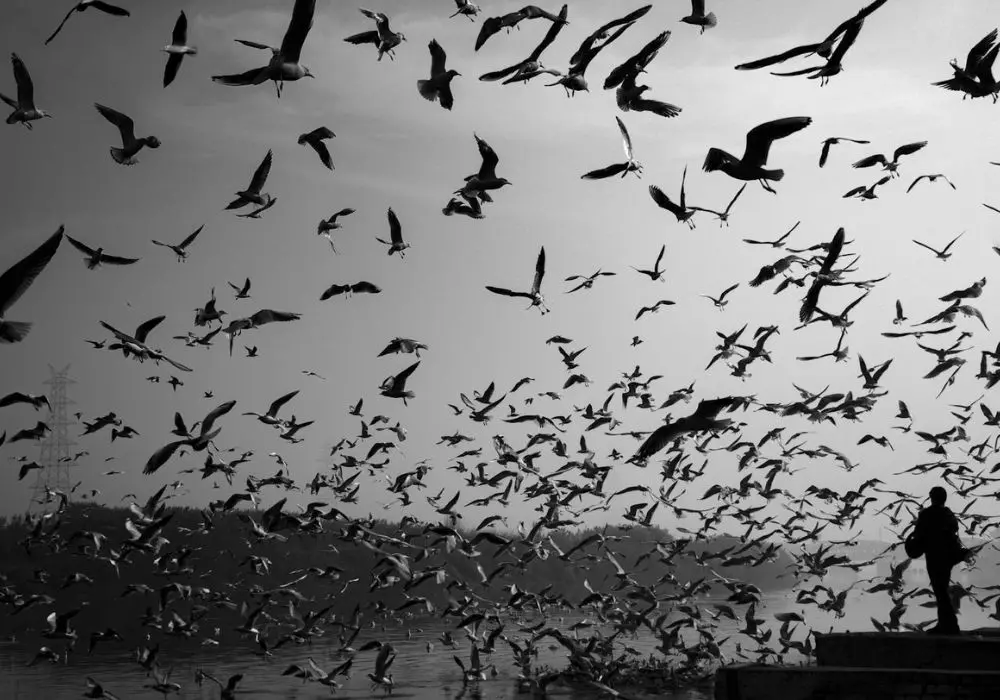

The timing and success of bird breeding are closely tied to migration.
Climate change-induced shifts in migration timing can disrupt breeding schedules, leading to lower reproductive success.
For example, if birds arrive at their breeding grounds too early, they may face harsh weather conditions or a lack of food, which can reduce the chances of successfully raising their young.
Moreover, the availability of suitable breeding habitats is also being affected by climate change.
Rising temperatures and changing precipitation patterns can alter the vegetation and food availability in these areas, making them less suitable for nesting.
As a result, some bird species may be forced to breed in suboptimal conditions, leading to a decline in population sizes over time.
Increased Risks During Migration
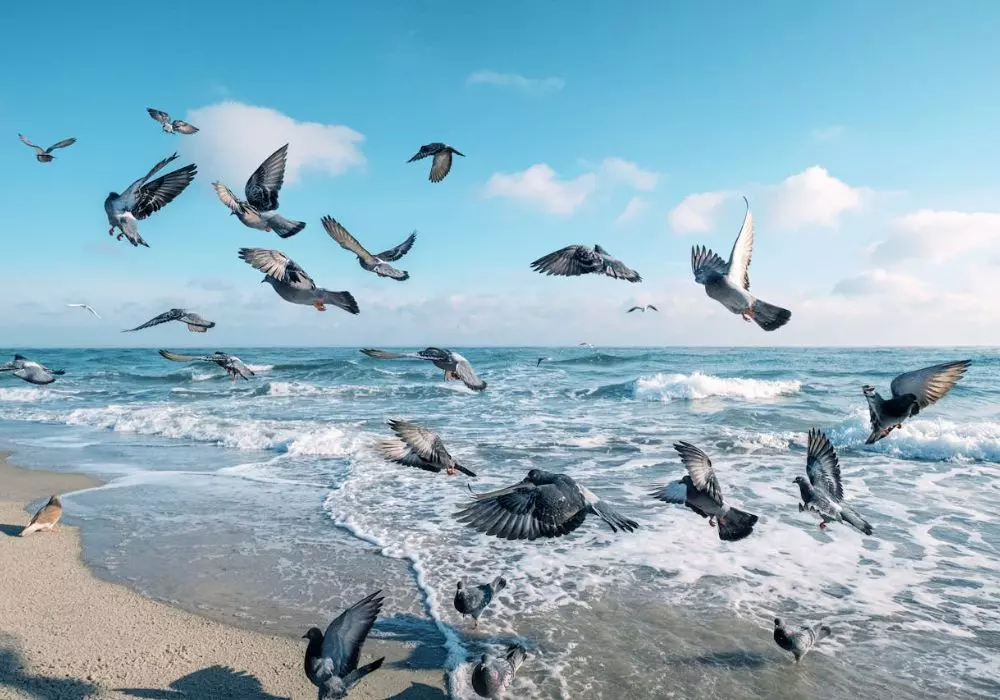

Migration is already a perilous journey for birds, with many natural and human-made dangers along the way.
Climate change is exacerbating these risks.
Extreme weather events, such as storms and heatwaves, are becoming more frequent and intense, posing a significant threat to migratory birds.
These events can cause exhaustion, disorientation, or death, particularly for small birds that lack the energy reserves to withstand such challenges.
Additionally, changing climate conditions can alter the distribution and abundance of predators along migration routes.
For example, warmer temperatures may lead to an increase in the population of predatory birds or mammals in certain areas, increasing the predation pressure on migrating birds.
This added risk can further reduce the survival rates of migratory birds, particularly for species that are already threatened or endangered.
Habitat Loss and Fragmentation
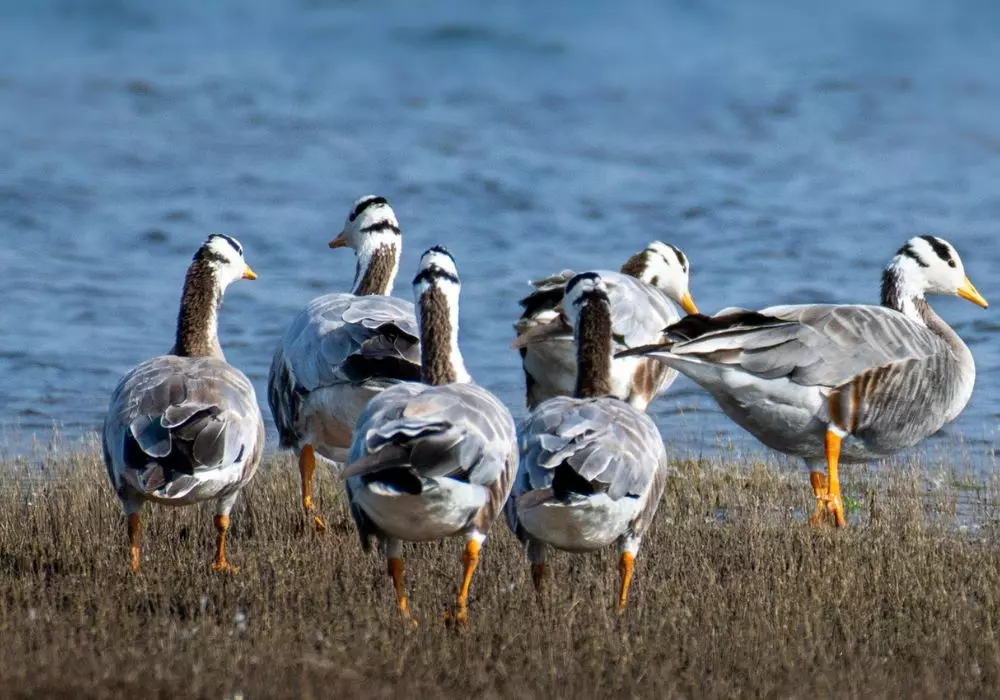

Climate change is contributing to the loss and fragmentation of habitats that are critical for migratory birds.
Rising sea levels, for instance, are inundating coastal habitats, such as salt marshes and mangroves, which serve as vital stopover sites for many species.
Similarly, the melting of glaciers and permafrost in polar regions is leading to the loss of tundra habitats, which are important breeding grounds for several migratory birds.
As habitats shrink or become fragmented, birds may struggle to find suitable areas for feeding, resting, or breeding.
This can lead to increased competition for resources, forcing some species to move to less ideal habitats where their chances of survival and reproduction are lower.
Over time, these pressures can contribute to declines in bird populations.
Understanding How Climate Change is Affecting Bird Migration: Key Factors, Risks, and Global Impact
| Topic/Question | Explanation |
|---|---|
| How Climate Change is Affecting Bird Migration | A detailed look at the impact of climate change on bird migration, focusing on altered patterns and timing. |
| Key Factors: How Climate Change is Affecting Bird Migration | Explore the primary factors such as temperature changes and habitat loss that influence bird migration. |
| How Climate Change is Affecting Bird Migration: Case Studies | Real-world examples that illustrate how climate change is altering bird migration in different parts of the world. |
| Species at Risk: How Climate Change is Affecting Bird Migration | Identify which bird species are most vulnerable to the impacts of climate change on migration. |
| Conservation Efforts: How Climate Change is Affecting Bird Migration | Discuss the efforts being made to mitigate the effects of climate change on bird migration. |
| Predicting the Future: How Climate Change is Affecting Bird Migration | Explore scientific predictions about how future climate changes may continue to affect bird migration patterns. |
| Global Impact: How Climate Change is Affecting Bird Migration | Understand the global consequences of altered bird migration patterns on ecosystems and human activities. |
The Role of Phenological Mismatch
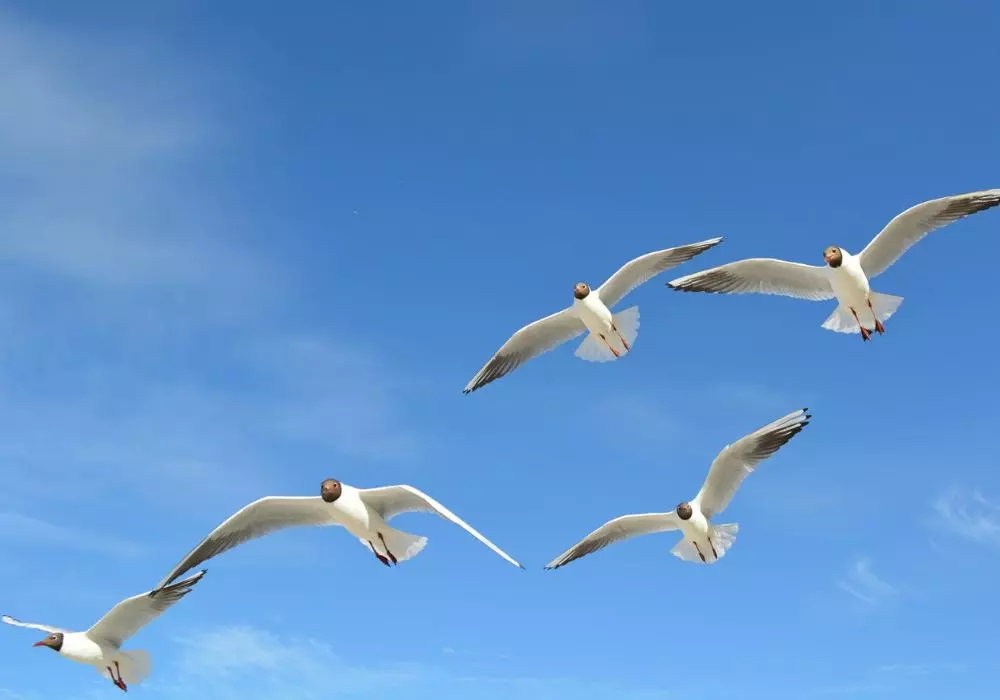

Phenological mismatch, as briefly mentioned earlier, is a critical concept in understanding how climate change affects bird migration.
This term refers to the misalignment between the timing of biological events, such as migration, breeding, or food availability, and the environmental conditions that support them.
As climate change alters the timing of seasons, many migratory birds are experiencing phenological mismatches.
For example, some birds are arriving at their breeding grounds before the peak availability of their primary food sources, such as insects or plant seeds.
This mismatch can lead to reduced food intake, lower energy reserves, and ultimately, lower reproductive success.
In some cases, birds may be forced to switch to alternative food sources, which may not provide the same nutritional value, further affecting their health and survival.
The Impact on Bird Populations


The cumulative effects of altered migration timing, changing routes, increased risks, and habitat loss are leading to declines in many bird populations.
Some species are more vulnerable than others, particularly those that are already facing other threats, such as habitat destruction, pollution, or hunting.
For example, shorebirds, which rely on coastal habitats that are particularly sensitive to climate change, are among the most affected.
Population declines can have cascading effects on ecosystems, as birds play important roles in pollination, seed dispersal, and pest control.
The loss of bird species can disrupt these ecological functions, leading to further imbalances in ecosystems and affecting other wildlife species.
Conservation Efforts and Adaptation Strategies
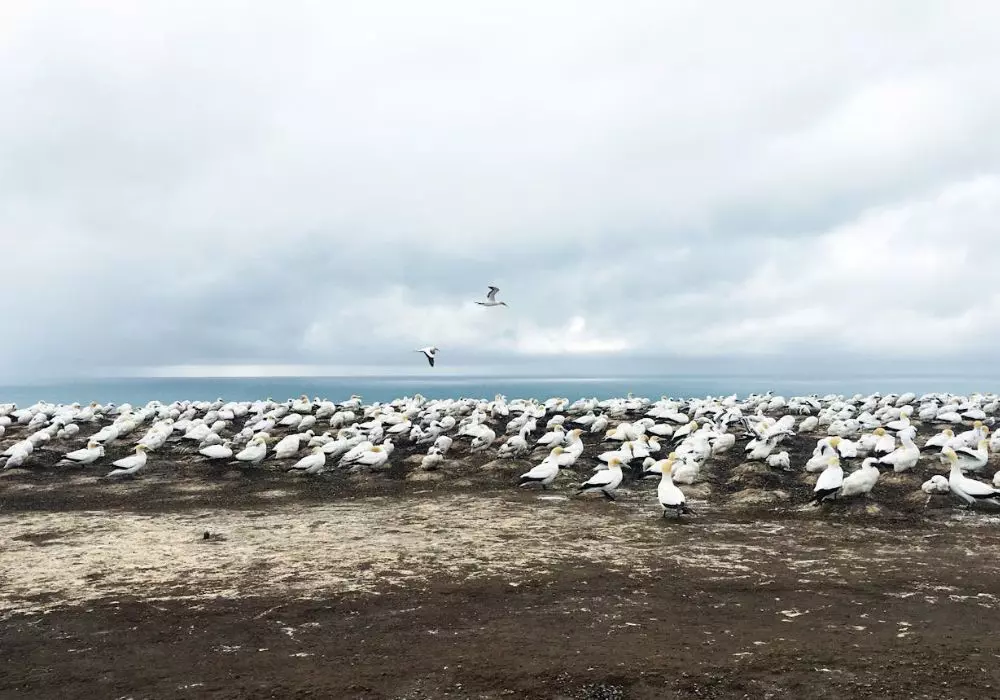

To mitigate the impacts of climate change on bird migration, conservation efforts are crucial.
Protecting and restoring habitats, particularly along key migration routes, is essential to providing birds with the resources they need to survive their journeys.
This includes conserving wetlands, forests, and coastal areas, which are vital stopover and breeding sites for many species.
In addition, conservationists are working to create “climate corridors,” which are networks of protected areas that allow species to move and adapt to changing environmental conditions.
These corridors can help migratory birds find suitable habitats as their traditional routes and destinations become less hospitable.
Public awareness and engagement are also important components of conservation efforts.
Birdwatching, for instance, can play a role in monitoring bird populations and migration patterns.
Citizen scientists contribute valuable data that can inform conservation strategies and help identify species that are most at risk due to climate change.
The Future of Bird Migration in a Changing Climate
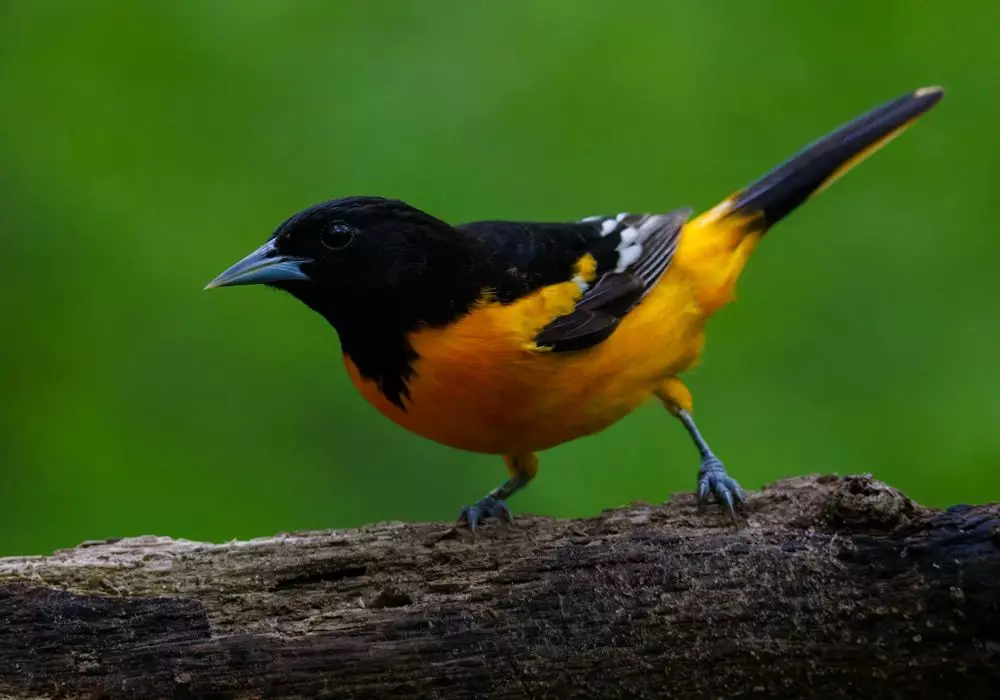

The future of bird migration in a changing climate is uncertain, but it is clear that continued global warming will pose significant challenges for migratory birds.
As temperatures rise and weather patterns become more unpredictable, birds will need to adapt quickly to survive.
Some species may be able to adjust their migration timing or routes, while others may struggle to keep pace with the rapid changes.
Long-term solutions to protect migratory birds will require global efforts to address climate change.
Reducing greenhouse gas emissions, preserving and restoring natural habitats, and promoting sustainable land use practices are all critical steps in ensuring that migratory birds continue to thrive.
Conclusion
The impacts of climate change on bird migration are far-reaching and complex, affecting everything from migration timing and routes to breeding success and survival rates.
As these changes continue, the risk of population declines and disrupted ecosystems becomes more pronounced.
However, there is still hope.
Through concerted conservation efforts, habitat protection, and global initiatives to combat climate change, we can mitigate these effects and support migratory birds in adapting to new conditions.
The future of bird migration may be uncertain, but by taking action now, we can help preserve these remarkable journeys for generations to come, ensuring that the vital ecological functions that birds perform remain intact.
